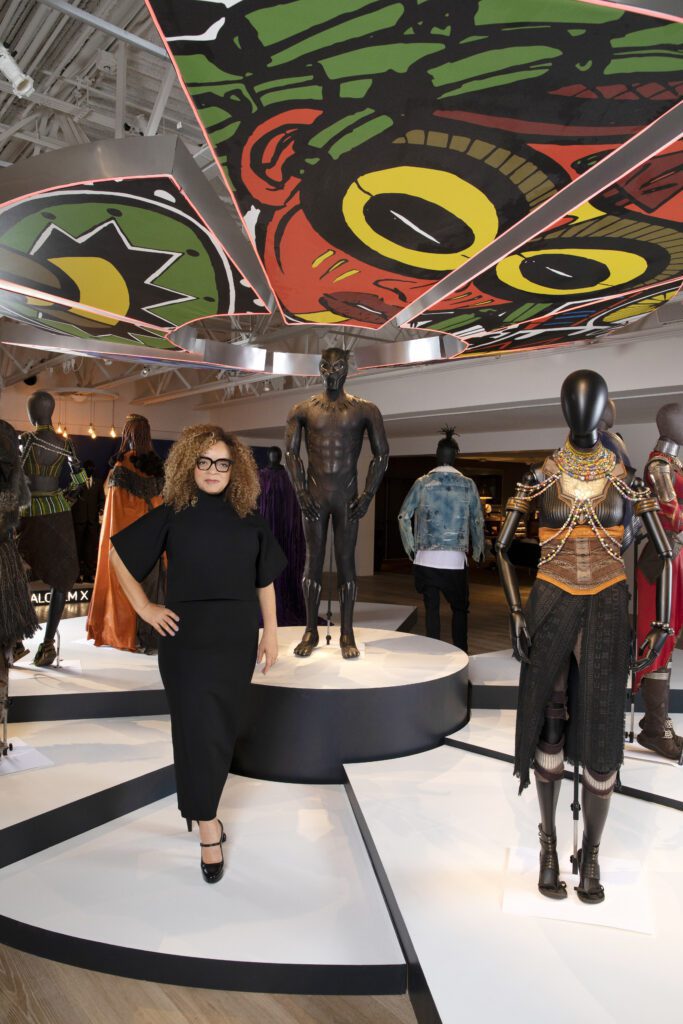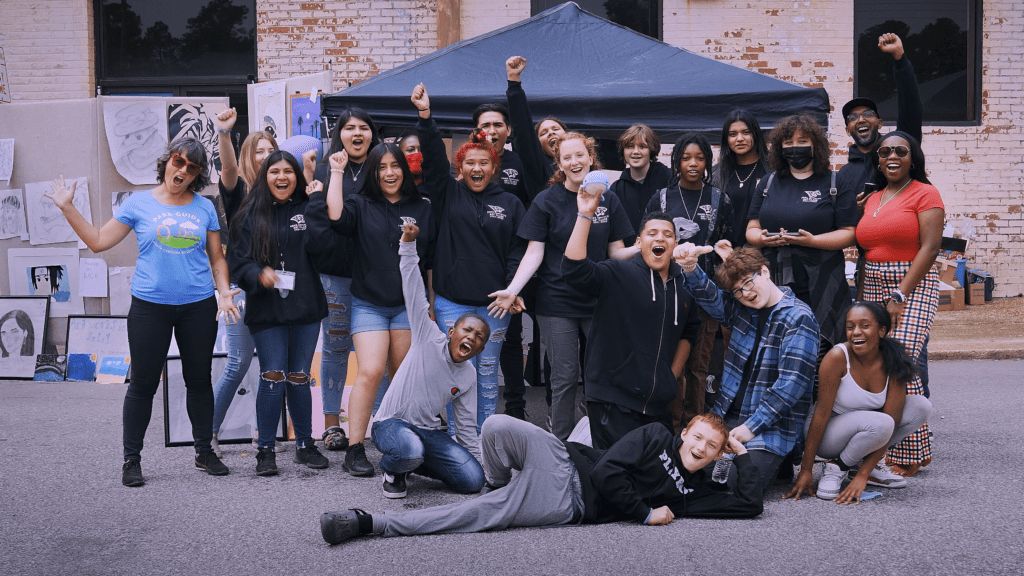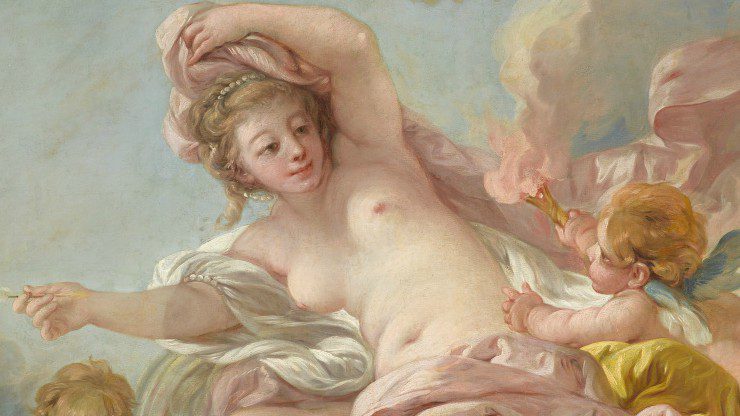With the advent of global protests (such as Black Lives Matter, EndSARS, and Rhodes Must Fall) urgently calling for social justice and the end of systemic racism, violence against Black bodies, and police brutality, museums, like other institutions, have been called upon to reflect on their own institutional histories and grapple with the role they have played in perpetuating stereotypes and inequities—both in gallery/collections representation and within their administration.
This decolonizing agenda includes transparency, partnerships and collaborations with community stakeholders, the hiring of more women and persons of color, extensive provenance research, and greater circulation of objects globally. Another critical aspect includes the overturning of one-dimensional historical narratives that have for too long obfuscated everyday realities and the violence at play in colonial and imperial histories. One way museums can do this is by introducing powerful new works to our communities and stakeholders that shed light on histories some would prefer left untold but that in telling can return agency to those who have been systematically repressed.

In 2019 the NCMA acquired a monumental and provocative work by internationally recognized South African artist William Kentridge (b. 1955) that interrogates just such a hidden history. This three-channel video installation entitled KABOOM! tells the story of the nearly two million African porters and carriers used by the British, French, and Germans during World War I. The charcoal drawings for the animated film provide a backdrop to Kentridge’s signature trope of procession, a pageant of “what we’ve chosen not to remember”: porters bearing not only the physical loads across Africa but also the historical legacy and paradoxes of colonialism, magnified by the war.
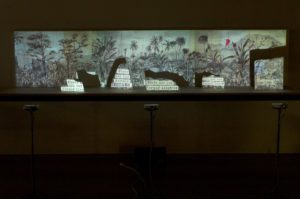
KABOOM! includes a sculptural diorama that is placed on a shelf in front of the video. Taking the form of landscape formations and human silhouettes, the cutouts are strategically interwoven into this multilayered and time-based presentation. The three-dimensionality of the diorama drives home the important issues that KABOOM! tackles and refers to a mode of representation associated with museums. Kentridge’s use of animation and the diorama aligns with his practice of using multiple mediums in a single work while also underscoring the importance of not taking all that you see and are told at face value.
Documentary, Restitution, Reparation
Memory and knowledge, especially local and cultural, are essential to constructing identity. As writers like Ngũgĩ wa Thiong’o and Edouard Glissant articulate, there has been a “dismembering” of Africa through the transatlantic slave trade and the processes of colonialism. Artists like Kentridge are countering this disarticulation with a new kind of re-membering that turns to history to shine a light on little-known or misrepresented chapters, to critique the past, and to highlight topics that remain relevant and urgent today. The mediums of film and video in particular, widely associated with the documentary genre, are frequently used to call into question the relationship between reality and representation.
KABOOM! relates to the documentary and restitution movements of post-apartheid South Africa and African responses to the paradoxes of postcolonialisms. As Kentridge puts it, “By the paradox I mean the contradictory relationships towards Europe—the desire of Africans to be part of Europe, to share in the wealth and the richness of Europe, and wanting to resist Europe and its depredations.” These stories are crucial to tell and speak to themes relating to the construction and deconstruction of time, memory, geography, and history that are similarly being called into question in the United States. As Kentridge notes, the process of recording history involves constructing from reconfigured fragments to arrive at a provisional understanding of the past. Dismembering and reordering are thus also an essential activity of his studio practice:
“This dismantling is not simply a technique or strategy, but also can be a revelation of the instability of knowledge in the world, its provisionality. The collage and the ordering becomes the subject itself.”
In telling even fractured narratives, we reignite memory and honor those who have been pushed to the margins.
Stay tuned. KABOOM! will make its debut as part of the NCMA’s museum-wide, cross-cultural reinstallation in 2022.

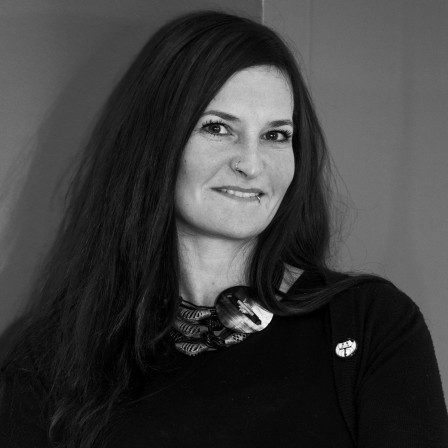
Ruth E. Carter: Afrofuturism in Costume Design
Academy Award–winner in Costume Design, Ruth E. Carter has helped bring characters to life in acclaimed Hollywood blockbusters. The NCMA celebrates the magic of her imagination.
Innovative AIM Program Reaches Thousands
Thinking outside the lines, NCMA outreach programmers connect local artists in rural communities with local students excited to discover the artist within.
Love in the Galleries
This Valentine’s Day we invite you to follow Cupid’s arrow through West Building to discover some amorous works in the NCMA’s collection.

